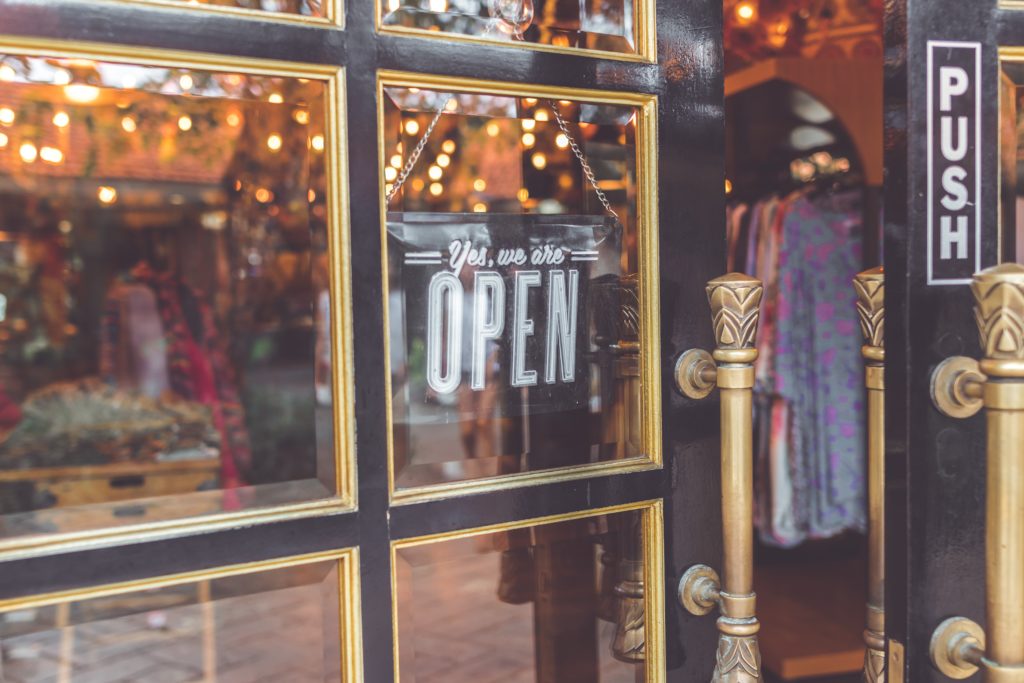According to the American Marketing Association pop-ups are now a $50 billon industry, much of which is driven by the increased popularity of e-commerce buying. Online sales have the potential to make up to 35% of retail sales by 2030 according to a report by Credit Suisse. But fear not, retail is still thriving, and malls have the potential to still bring in great returns as non-traditional options, such as pop-ups have the capability to turn space that may have been underutilize into fantastic, new opportunities for mall owners.
What is a pop-up?
A pop-up shop is a temporary retail space. Often popular with limited run products, online retailers, start-ups, and experienced-based establishments (think The Museum of Ice Cream or Candytopia). Pop-ups have a more flexible, short-term model than traditional retail space. They often have a smaller footprint that can be rented for a shorter time.
Why do pop-ups work for malls?
Pop-ups are different from traditional stores in the sense that they have different opportunities for marketing freedoms. They normally do not have to create an identical brand pattern throughout stores because pop-ups act independently. This allows marketing teams to create a different experience from pop-up to pop-up, creating anticipation for what’s to come. The “here today, gone tomorrow” limited edition atmosphere paired with this anticipation drives sales and urgency to purchase.
This industry works for malls by creating a buzz that may have died down in recent years. Additionally, they fill retail space that could have otherwise been sitting empty creating unsightly vacancies. Pop-up shops also bring in consumers who may have not otherwise come to the mall, enticing them with limited runs and events. Since these events are normally on a smaller scale, it creates a personalized experience with engaging customer service and a focus on getting customer feedback. This can often create extremely positive experiences and memories, which translates into brand loyalty tied to positive memories.
For retailers who are especially successful with their pop-up endeavors, they may use data as motivation to open up a permanent store. Often times, these are located where the most successful pop-up took place, so for mall owners, a temporary pop-up could actually end up filling a long term vacancy. Just look at companies like Penguin, the RealReal, and Kylie Cosmetics. All brands that launched pop-up shops now and have stand-alone permanent locations or permanent displays in other retailers.
Overall, pop-up shops are part of our current visual culture. The FOMO or “fear of missing out” creates a buzz that encourages consumers to shop or to visit for the experience even if they may not have been inclined by the product otherwise. This short-term, high-value lease style breathes new life into malls, especially those with vacancies, and mall owners are not complaining.






